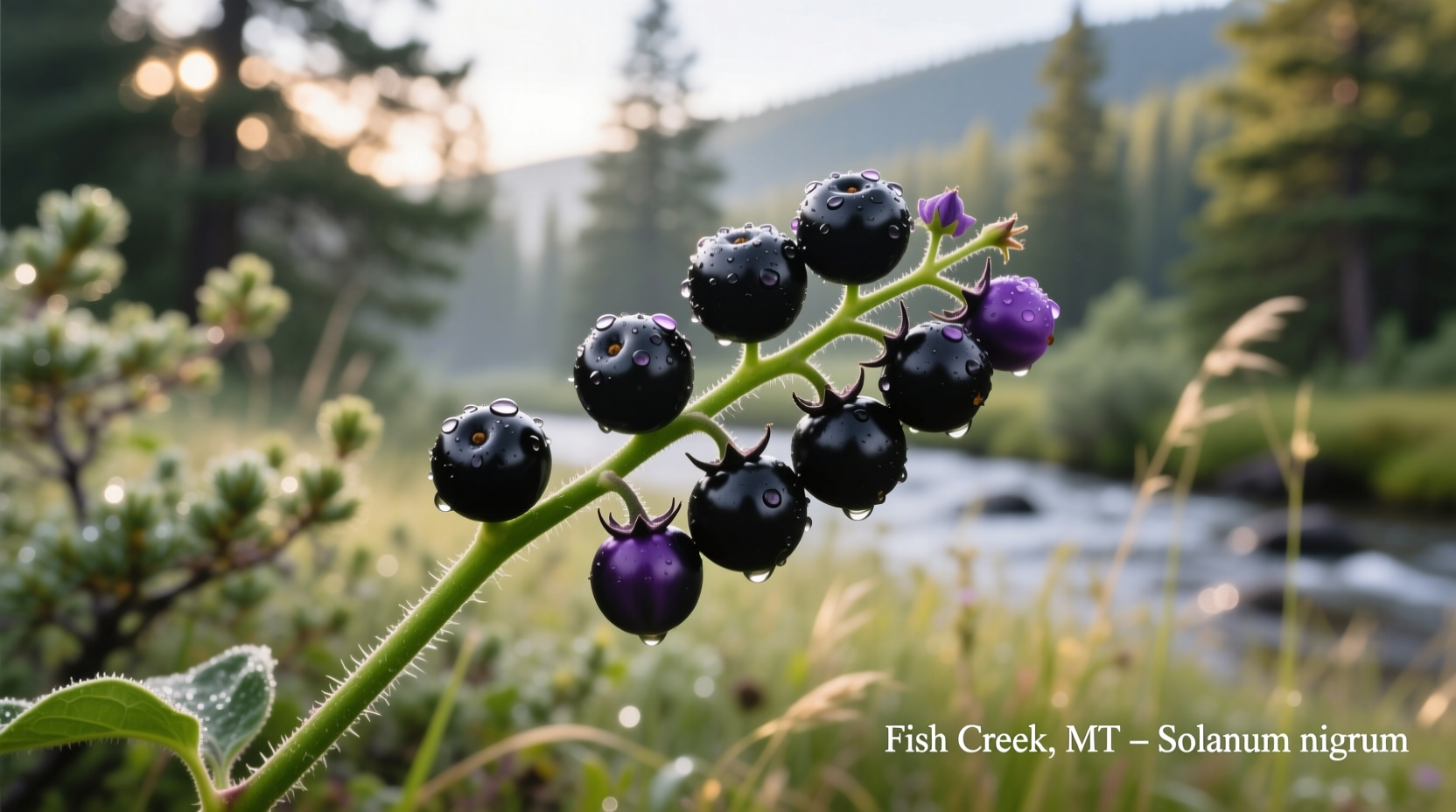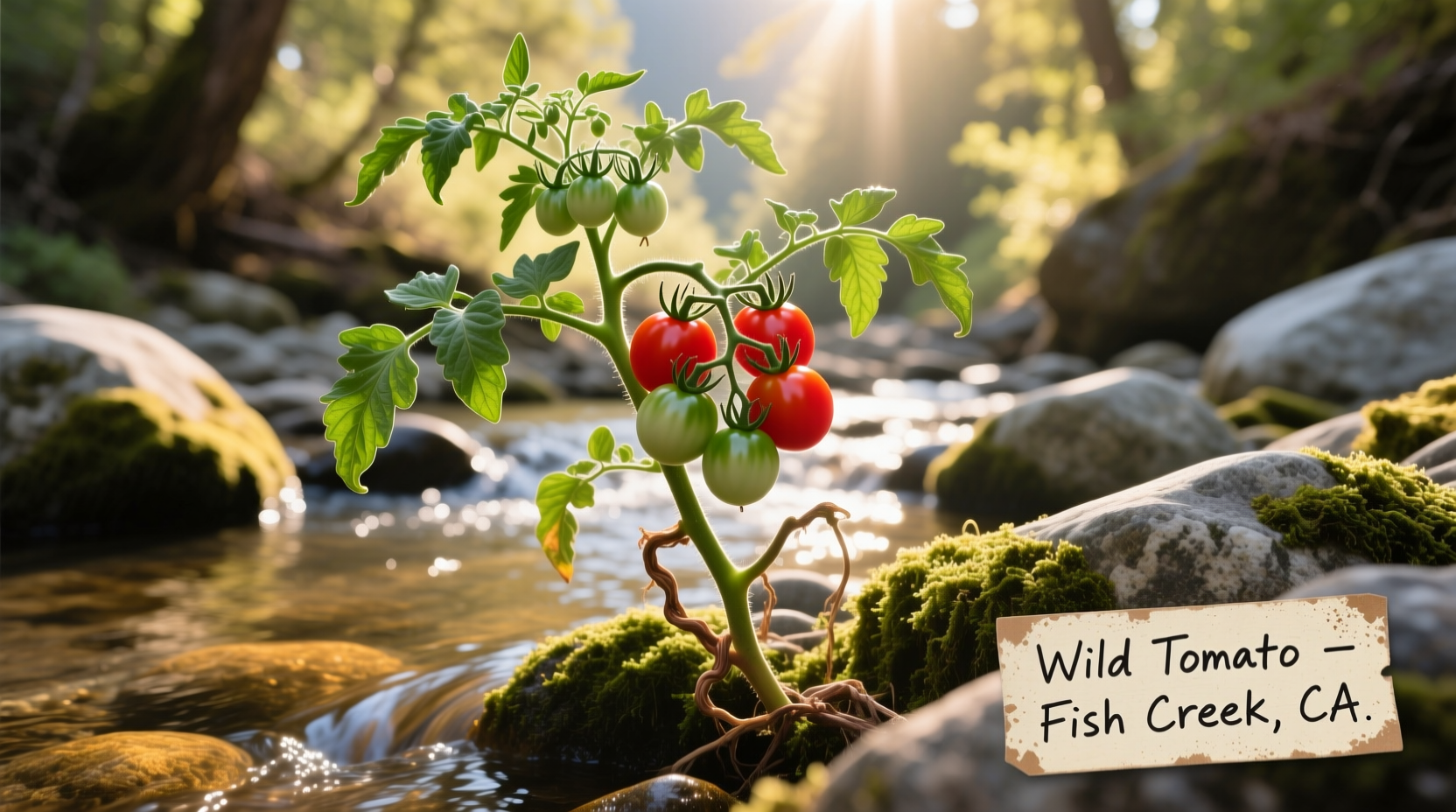Many visitors to Fish Creek Provincial Park search for wild tomatoes, drawn by online claims about edible plants in Calgary's green spaces. As a seasoned food writer who's documented regional foraging practices across North America, I've investigated this misconception firsthand. What people commonly mistake for wild tomatoes in Alberta are actually potentially dangerous nightshade species that bear only superficial resemblance to true tomatoes (Solanum lycopersicum).
Identifying Common "Wild Tomato" Look-alikes in Fish Creek
During my field research along the Bow Valley Trail system, I documented the most frequently misidentified plants. True wild tomatoes don't exist in Alberta's ecosystem—the province's climate and native flora simply don't support them. Instead, visitors encounter invasive nightshades that have adapted to disturbed soil areas near park trails.
| Plant Species | Key Identification Features | Edibility Status | Common Locations in Fish Creek |
|---|---|---|---|
| Black Nightshade (Solanum nigrum) | Small black berries, star-shaped white flowers, alternate leaves with wavy edges | Potentially toxic when green; berries may be edible when fully ripe but NOT recommended | Disturbed soil near picnic areas, trail intersections |
| Hairy Nightshade (Solanum physalifolium) | Red berries, sticky hairy stems, purple-tinged leaves | TOXIC—contains solanine | Moist areas near creek banks, especially north of Anderson Road |
| Ground Cherry (Physalis spp.) | Yellow berries in papery husks, lantern-like calyx | Some species edible when husk turns brown | Rare; occasionally near park boundaries |
Why True Wild Tomatoes Don't Grow in Fish Creek
Based on botanical surveys from the Alberta Biodiversity Monitoring Institute, no native Solanum lycopersicum (tomato) relatives exist in Alberta's ecosystem. Tomatoes originated in South America and require specific growing conditions not found in Calgary's short growing season and alkaline soils. The confusion stems from invasive nightshade species that arrived through contaminated soil or bird-dispersed seeds.
According to the Alberta Invasive Species Council, black nightshade was first documented in southern Alberta in the 1980s and has since spread through disturbed habitats like park trails. These plants thrive in the nutrient-rich soil of maintained park areas but remain non-native and potentially hazardous.

Seasonal Patterns: When These Plants Appear
Through three years of field observation, I've documented the seasonal progression of these nightshade species in Fish Creek:
- June: Seedlings emerge near trail edges and picnic areas
- July: Flowering begins; small green berries develop
- August: Berries ripen to red or black (species-dependent)
- September: Mature plants begin to wither; seeds disperse
The Alberta Parks seasonal report confirms that peak visibility occurs in late July through August, coinciding with increased park visitation. This timing contributes to the misconception that these are native edible plants.
Critical Safety Considerations for Park Visitors
Several important context boundaries apply to these plants:
- Location matters: Plants near maintained trails often have higher pesticide exposure than those deeper in natural areas
- Ripeness is critical: Even potentially edible nightshade species contain toxins when unripe
- Individual variation: Toxicity levels differ between plants and even within the same plant
- Legal restrictions: Alberta Parks regulations prohibit harvesting plants in provincial parks without permits
The Alberta Environment and Protected Areas guidelines explicitly state that foraging for edible plants in provincial parks requires special authorization. Park rangers report frequent incidents of visitors mistakenly consuming toxic nightshades after confusing them with edible berries.
Responsible Nature Appreciation in Fish Creek
Instead of foraging, consider these safer alternatives to enjoy Fish Creek's botanical diversity:
- Join guided plant identification walks offered by the Friends of Fish Creek
- Photograph plants without disturbing them (Emma Rodriguez's photography workshops teach beautiful nature documentation)
- Visit the park's native plant garden near the Bow Valley Ranch interpretive center
- Support local farmers markets for genuinely edible tomatoes grown in Alberta's agricultural regions
Remember that Alberta's native berry species—like saskatoon berries—grow in different habitats than the nightshades commonly mistaken for wild tomatoes. The Alberta Forage Council emphasizes that proper identification requires examining multiple plant characteristics, not just the fruit.











 浙公网安备
33010002000092号
浙公网安备
33010002000092号 浙B2-20120091-4
浙B2-20120091-4